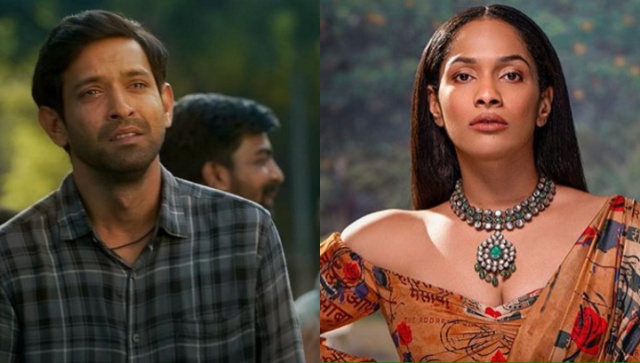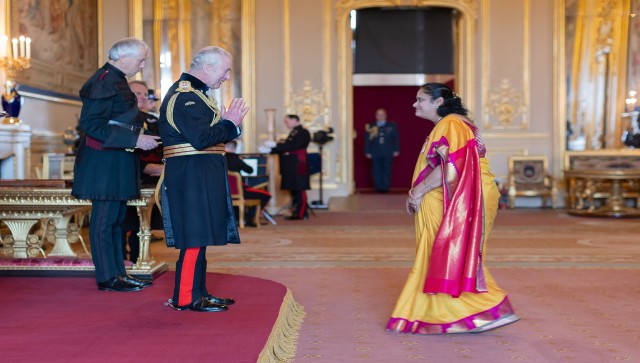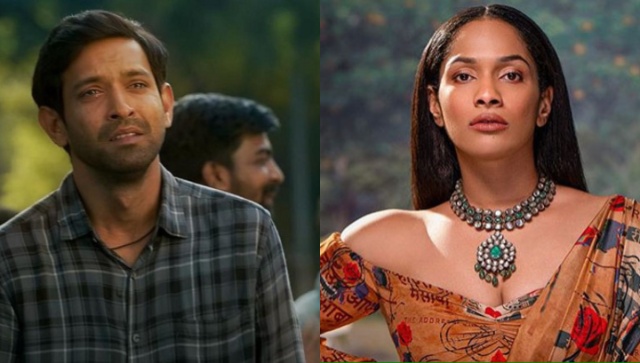The recent backlash over actor Kamal Haasan’s remark about Tyagarajar, the 18th century Carnatic composer, is in many ways symptomatic of the Carnatic world. It is symptomatic of its excessive conservatism that borders on the insular.
Tyagarajar (which, in Tamil, is a respectful way of referring to Saint Tyagaraja) is venerated in the Carnatic world. As much as his musicianship is celebrated, his life story as a man who relinquished worldly honour and wealth in pursuit of spiritual attainments is revered.
In a widely watched and liked interview, and while discussing the tug between serious/meaningful cinema and commercial/masala cinema, Kamal Haasan argued that cinema, after all, depends on selling tickets to an audience; how is it justifiable to hold that audiences’ tastes don’t matter? “After all, this [film> business is about making a living selling tickets, I am not doing this as charity,” Haasan said. “Tyagaier [Tyagarajar> sang songs on Ramar [Lord Rama> and ‘begged’ on the streets in Tanjore … not like that. I want to buy a car, I want my tickets to sell, I want to be like [the popular/wealthy stars> MGR, I want to be like Sivaji. [Given that> what would be the point if I refuse to [do what it takes to> make people happy? If people don’t understand my art, I have to bring them to that level, I can’t just go sit in a forest by myself like a Maharishi.”
This is all the reference Haasan made to Tyagarajar and what provoked great anger in the Carnatic community. The remark was clearly a casual one and there is no disrespect here other than the expression “picchai edukarudu” which in Tamil means “begging”. “Picchai” is literally begging — when one sets aside one’s self-respect and begs food for sustenance. Tyagaraja did go around the streets of Tiruvaiyaru every day singing songs on Lord Rama and accepting alms from householders, but it is grossly incorrect and disrespectful to call it “begging”.
The heart of this issue is the subtle difference between various kinds of “pichai” or receiving alms.
Many of us have surely encountered people asking for money to go to a temple to redeem a prayer. The person “begging” for money is quite capable of funding her trip to the temple; but a vital part of the prayer, which involves the act of surrendering one’s ego, is to approach complete strangers and beg them to fund that trip.
On the day of upanayana or the thread ceremony for boys — a ceremony that has lost almost all its original significance in these times — a ritual that is as central to the ceremony as the brahmopadesam, is the bhiksha ritual. Invitees carry with them some rice to offer the boy. Women stand in a line to offer this bhiksha (gift) to the boy who utters the words “bhavati bhikshaam dehi” — “Oh good lady, please give bhiksha”, harking back to the days when the student would have stood in front of the door of a householder calling out to the lady of the house and asking for alms. The anachronism of the thread ceremony today is particularly heightened during this ritual, with the parents who have spent lakhs on the ceremony beaming in pride as they stand beside the boy asking for bhiksha from women queuing up to offer it.
In the traditional society where this held meaning, the boy, who has just embarked into a life of studenthood with the ceremony, is permitted (without loss of dignity) to go around the village asking for alms. The boy will take the alms received back to his guru’s house.
The institution of learning was thus supported directly by the community. The teacher charged no fees — teaching was an act of giving (daana), not a transaction. The sanyasi who has renounced attachment is similarly permitted to receive alms. The community is enjoined to support both institutions.
From various accounts, it seems Tyagarajar was reasonably well off. He had property. His act of going on his rounds singing songs and collecting alms is described as uncchavritti. In its original meaning, uncchavritti is a way of sustaining oneself by gleaning uncollected, leftover grains after harvest, that which might otherwise be discarded. It is regarded the “high way” because it is the least aggressive, leaving the smallest ecological footprint. Giving to a person practicing unchavritti was regarded meritorious.
Tyagaraja practiced the act of seeking alms even though it bordered on begging — he practiced it in a continuation of a tradition and in an act of surrender. You can seek alms/beg by setting aside your self-respect or by setting aside your ego — there is a fine line here. When Kamal Haasan simply called it “begging” without a gesture in the direction of this nuancing, the Carnatic world rose up in ire.
It does not help to point out that the remark was a casual one, because, for the Carnatic world, there can be no casual remark about Tyagarajar. Nor does it help to point out that Haasan was not talking about Tyagarajar’s “begging” per se but just to say how he, Haasan, did not have the same attitude as Tyagarajar.
Of course, his casual remark is offensive: possibly, he did not know or does not care for or does not subscribe to the subtle nuances between begging and seeking alms in uncchavrtti. One might say, it is like the difference between Arabhi and Devagandhari! Subtle but important. While these differences alone make for a sophisticated art form or society, one might also point out that the average person might be unaware of these subtleties.
And, just as a person not knowing the difference between Arabhi and Devagandhari is not a villain, and we do not fly off the handle for a mistake or a lapse here, the response to Haasan’s remark might have been more measured. Not because he deserves some slack but because an uproar like this is puzzling and reflects on the Carnatic world.
These are opportunities for the Carnatic world to explicate subtleties that we hold so dear and which are possibly not the bread and butter of many others. The anger of the community and its unbridled expression in the form of demands of apology from the actor are symptomatic of an insularity that plagues the Carnatic world — and its excessive conservatism.
The Carnatic world is a robust but small community and, like all small things, might feel compelled to react disproportionately to perceived threats. And such reactions turn the spotlight not on the perceived offender but on the community itself.
Dr Lakshmi Sreeram is a Carnatic and Hindustani musician and researcher. She writes about art and culture using myth, story, philosophy, and everything in between. Write to her at larasriram14@gmail.com


)




)
)
)
)
)
)
)
)